In sarong product photography, shadows play a crucial role in defining the fabric’s texture, shape, and visual appeal. Soft, well-controlled shadows can enhance the depth and realism of the sarong, while harsh or misplaced shadows can distract the viewer and reduce image quality. Mastering shadows in sarong product shoots requires an understanding of lighting techniques, shadow diffusion methods, and post-processing tricks. In this guide, we’ll cover:
- The impact of shadows in product photography
- Techniques for creating soft and natural shadows
- Equipment recommendations for the best results
- Common mistakes and how to fix them
- Post-processing techniques for shadow refinement
- Expert tips for achieving flawless sarong product shots
By the end of this article, you’ll have a comprehensive understanding of how to control shadows effectively in sarong product photography to create high-end, professional images.
1. The Importance of Shadows in Sarong Product Photography
What Are Shadows in Product Photography?
A shadow is the absence of light that forms when an object obstructs a light source. In product photography, shadows help create:
- Depth and dimension – Prevents flat, lifeless images.
- Realism – Mimics natural light conditions for an authentic look.
- Texture definition – Highlights the flow, folds, and softness of the sarong fabric.
- Contrast balance – Adds visual interest and balance to the composition.
Types of Shadows in Product Photography
There are three main types of shadows used in sarong product photography:
1. Hard Shadows
- Created by small, direct light sources such as bare bulbs or direct sunlight.
- Results in sharp, high-contrast edges.
- Not ideal for fabric photography as they emphasize harsh lines.
2. Soft Shadows
- Produced by large or diffused light sources like softboxes, umbrella reflectors, or cloudy daylight.
- Creates smooth transitions from light to dark.
- Ideal for highlighting the softness and texture of sarongs.
3. Drop Shadows
- Occur when an object is placed against a surface and the shadow falls naturally behind it.
- Common in e-commerce photography to create a grounded look.
2. How to Create Soft Shadows in Sarong Product Shoots
A. Use Large and Diffused Light Sources
Larger light sources create softer shadows. The bigger the light source, the more evenly it wraps around the sarong, reducing harsh contrast.
Recommended Light Sources:
- Softboxes (24-inch to 48-inch) – Distributes light evenly for smooth shadows.
- Umbrella Reflectors – Bounces light for a wide, diffused effect.
- LED Panel Lights with Diffusers – Adjustable brightness with built-in diffusion.
- Natural Window Light with Sheer Curtains – Softens strong daylight naturally.
B. Increase the Distance Between the Light and the Product
Moving the light source further away helps spread the light and soften shadows. If the light is too close, it creates sharper, more defined shadows.
C. Adjust the Light Angle for Shadow Control
- A 45-degree angle from the front creates natural, well-balanced shadows.
- A side light setup enhances depth and highlights fabric textures.
- Overhead lighting can create unpleasant downward shadows – avoid direct top-down setups.
D. Use Reflectors to Fill in Shadows
Reflectors bounce light back into the shadowed areas, reducing harshness.
Recommended Reflectors:
- White Foam Board – Provides a neutral, soft fill light.
- Silver Reflectors – Increases brightness without altering color tones.
- Gold Reflectors – Adds warmth to the shadows for a richer look.
E. Utilize Light-Diffusing Modifiers
Diffusion softens the harshness of light and prevents strong shadow lines.
Best Diffusers for Soft Shadows:
- Sheer white curtains (for natural light)
- Silk diffusion panels (for studio lights)
- Translucent umbrellas (for flash photography)
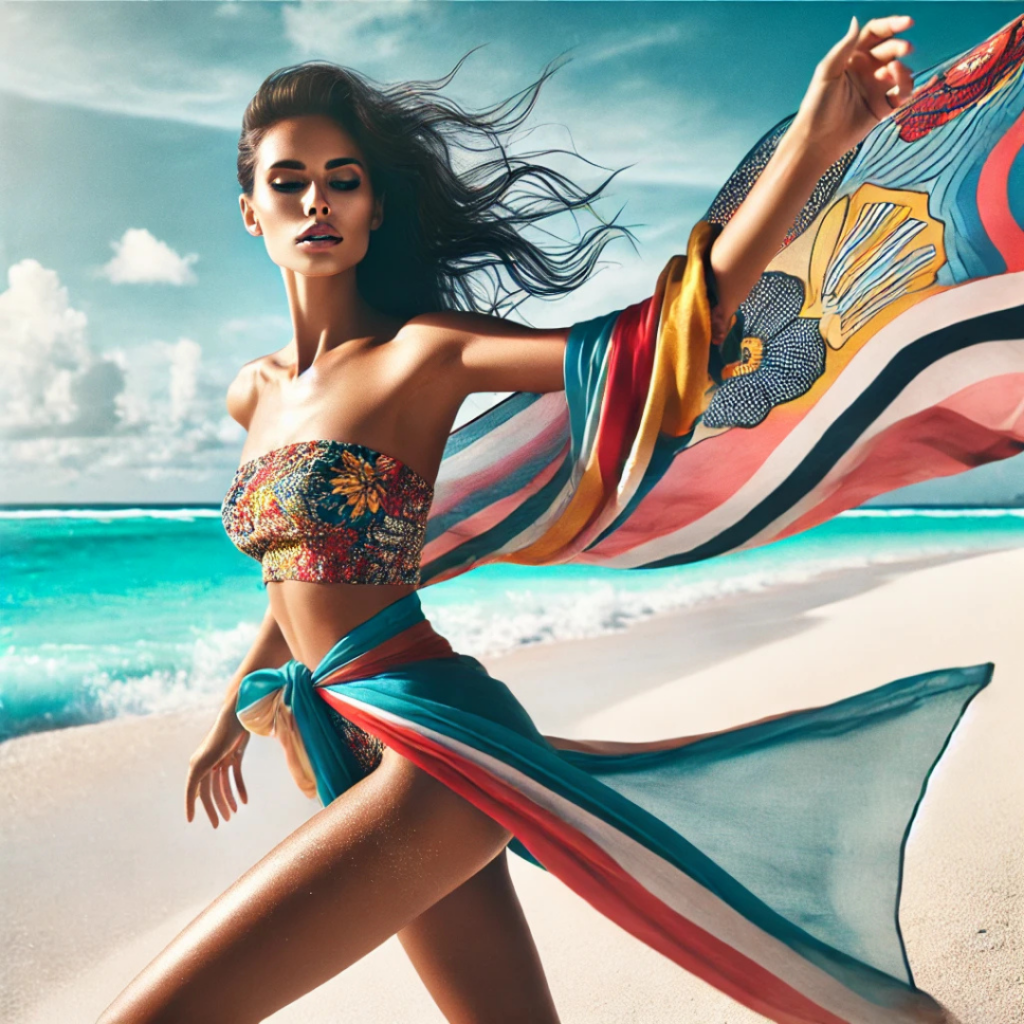

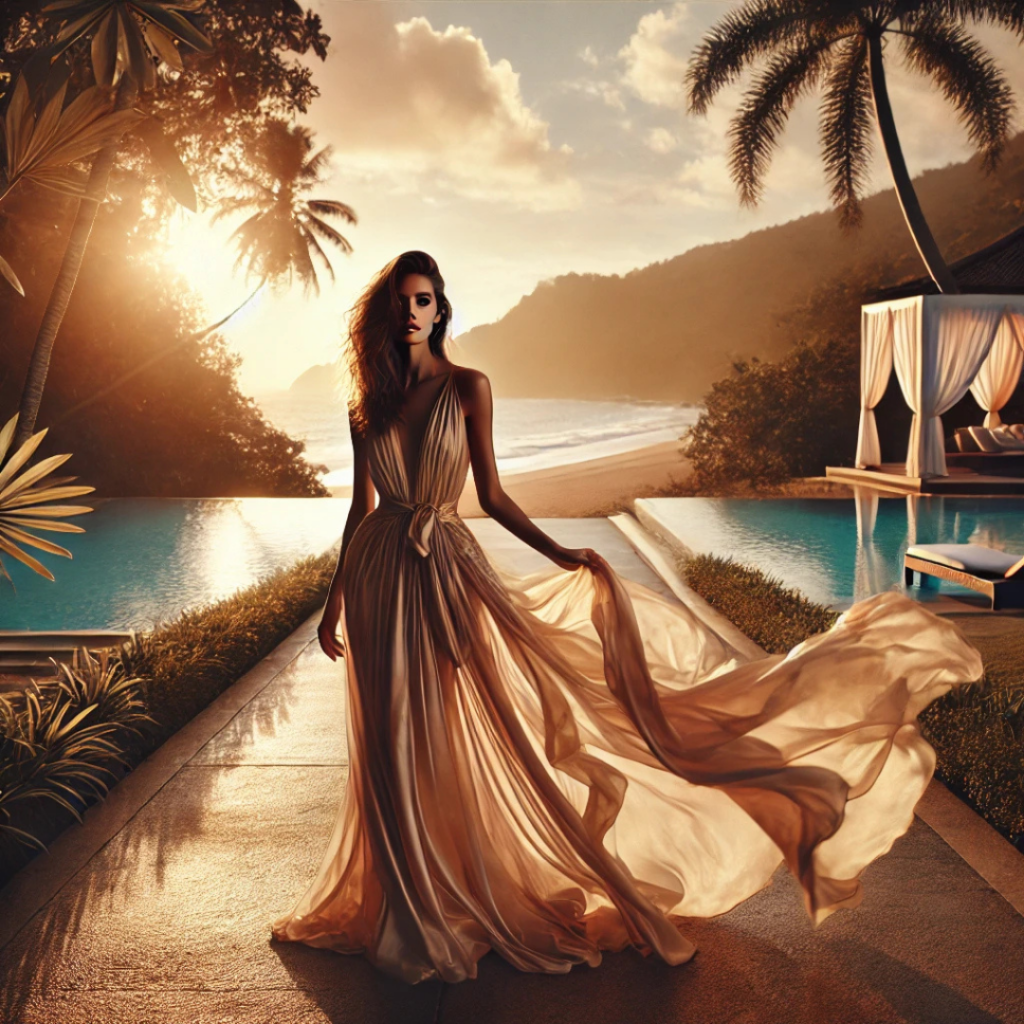
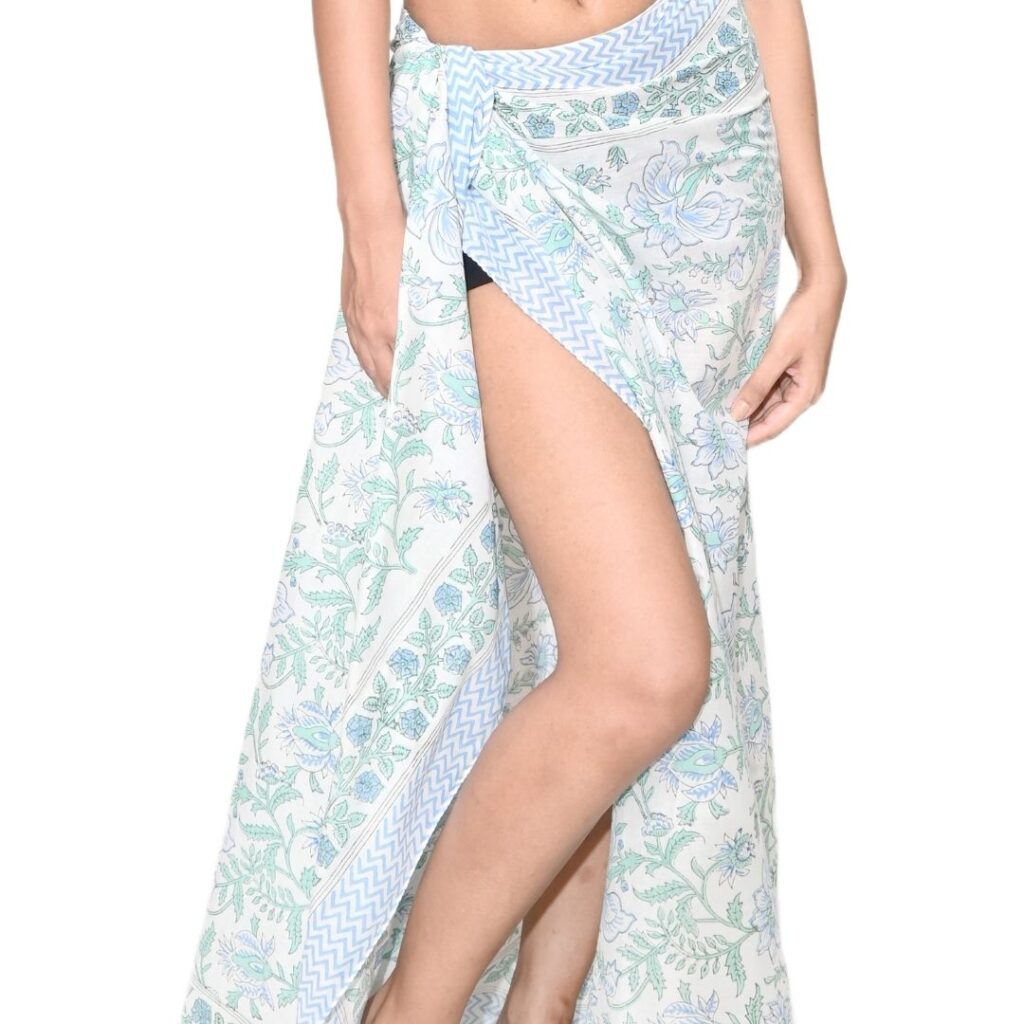
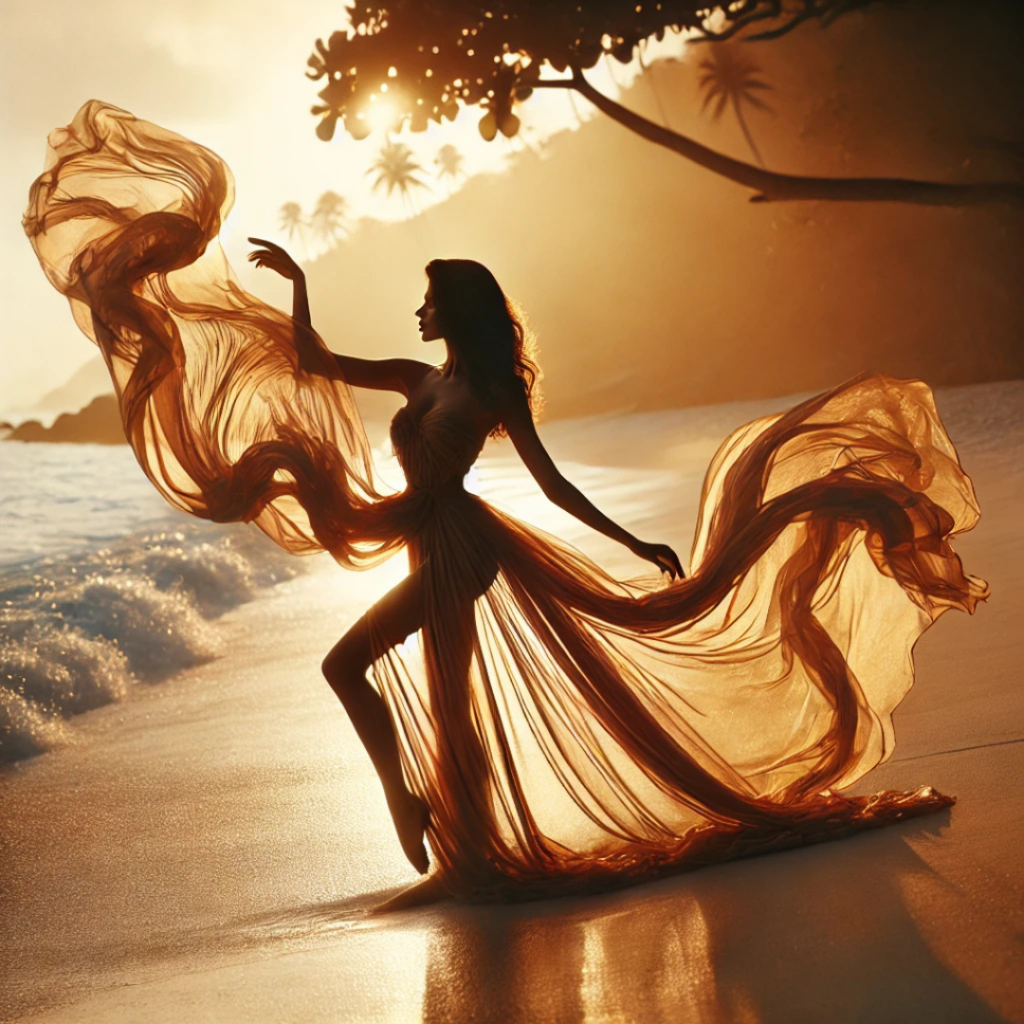

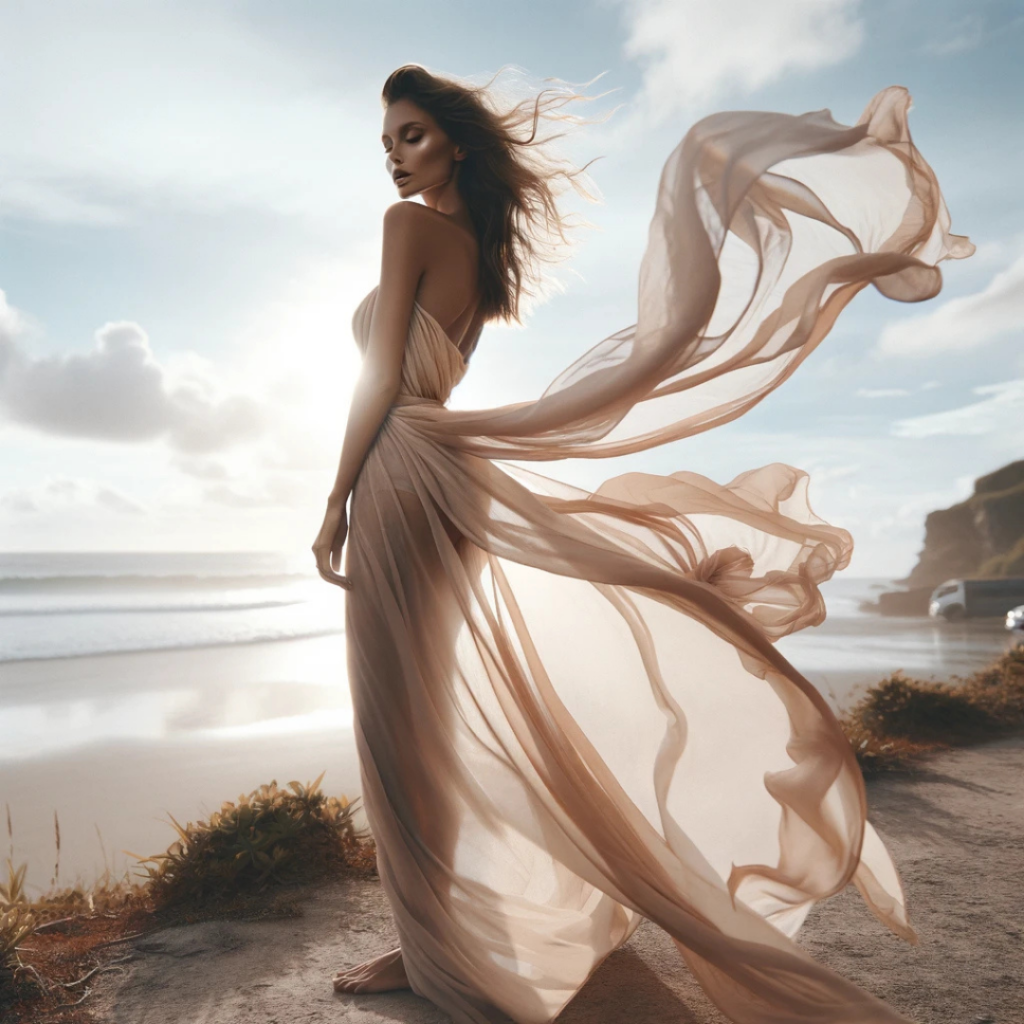
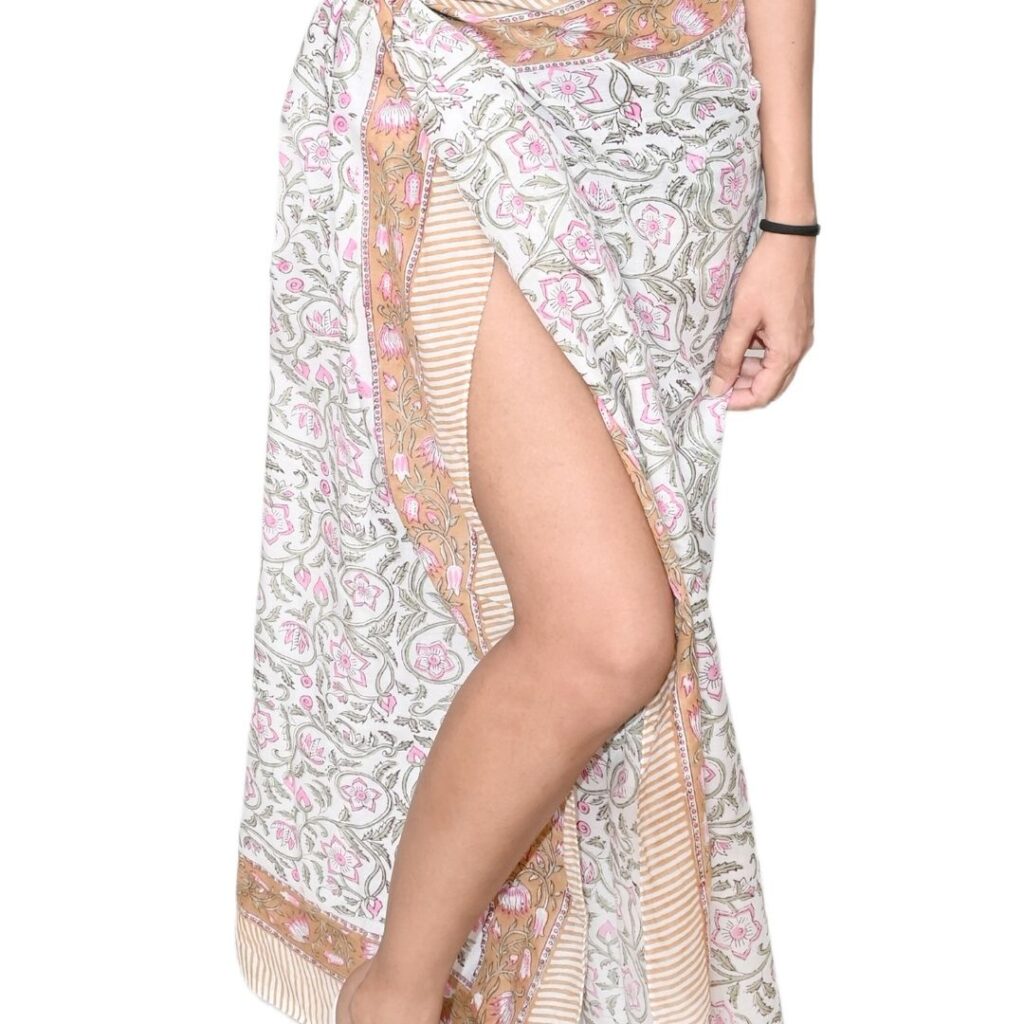
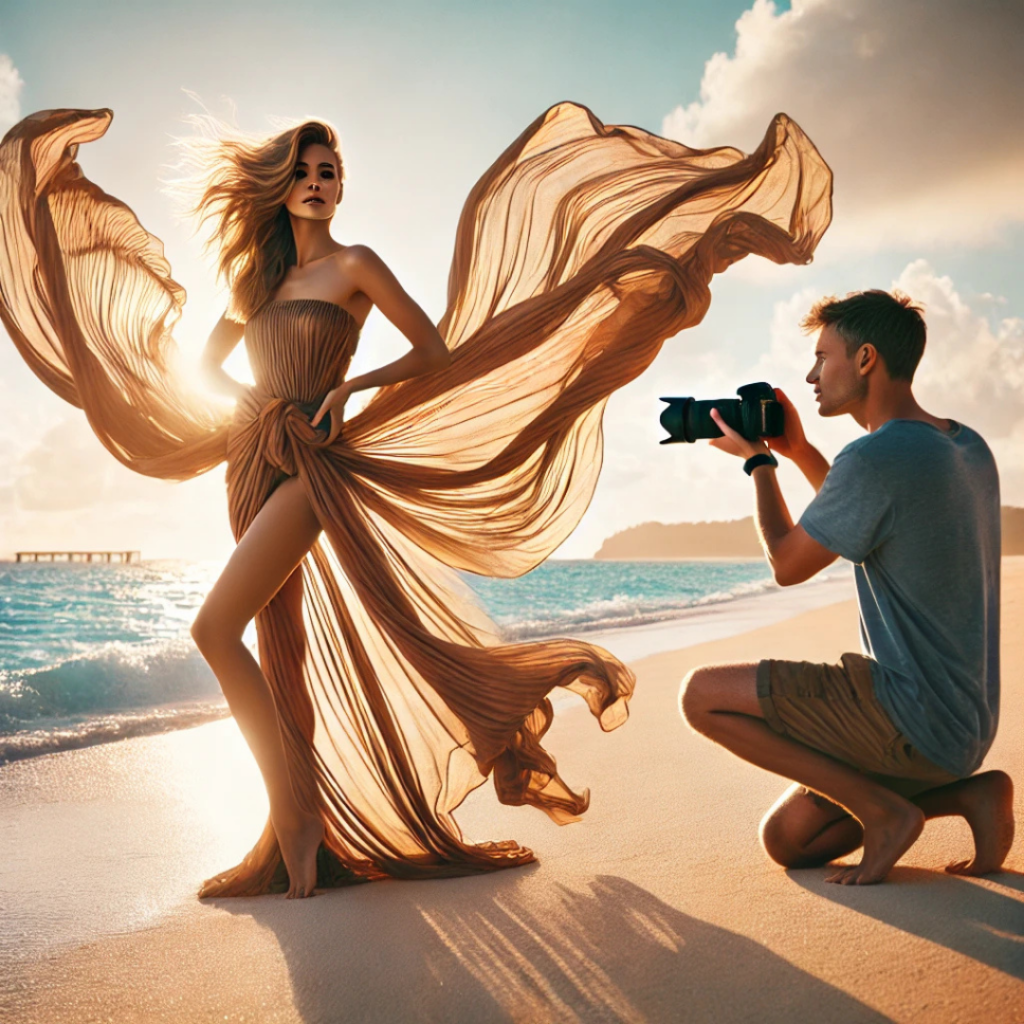
3. Ideal Lighting Setups for Sarong Product Shoots
Setup 1: One-Light Softbox & Reflector
- Position a softbox at a 45-degree angle to the sarong.
- Place a reflector on the opposite side to fill in shadows.
- Adjust the distance of the softbox for desired shadow softness.
Setup 2: Window Light & Sheer Curtain Diffusion
- Place the sarong near a large window with diffused daylight.
- Use white curtains or tracing paper to soften direct sunlight.
- Add a white foam board on the darker side for light balance.
Setup 3: Overhead Softbox with Side Reflectors
- Hang a large softbox above to create soft top shadows.
- Use reflectors on both sides to reduce excessive darkness.
- Works well for flat-lay sarong photography.
4. Post-Processing Tips for Shadow Refinement
Even with perfect lighting, post-processing is essential for shadow control.
A. Adjust Shadows in Lightroom
- Use the Shadows slider to lift dark areas.
- Reduce highlights to prevent overexposure.
B. Use Dodge & Burn in Photoshop
- Dodge Tool: Lightens dark shadows selectively.
- Burn Tool: Deepens shadows where needed for depth.
C. Apply Gradient Filters for Even Lighting
- Soft gradient adjustments help even out lighting imbalances.
D. Remove Distracting Shadows
- Use the Clone Stamp Tool to fix unwanted shadows.
5. Common Mistakes & How to Avoid Them
Mistake 1: Harsh Shadows on the Fabric
✔ Solution: Use a softbox or diffusion panel to soften the light.
Mistake 2: Uneven Light Distribution
✔ Solution: Position reflectors strategically to balance lighting.
Mistake 3: Shadows That Are Too Flat
✔ Solution: Adjust the light angle to create depth while keeping shadows soft.
Mistake 4: Over-Editing Shadows in Post-Production
✔ Solution: Use subtle adjustments to maintain natural lighting.
FAQs: Shadows in Sarong Product Shoots
1. What is the best way to soften shadows in sarong photography?
Use large diffused light sources such as softboxes, umbrellas, or natural window light with sheer curtains.
2. Can I use a ring light for soft shadows?
A ring light provides even lighting but doesn’t create soft, natural shadows. It’s better to use a softbox or umbrella light for shadow control.
3. Why do my sarong photos have uneven lighting?
This happens due to improper light positioning. Use reflectors to balance shadows and ensure even exposure.
4. How can I remove unwanted shadows in editing?
Use the Clone Stamp Tool in Photoshop to remove harsh shadows and blend areas naturally.
5. Should I shoot with natural light or artificial light for soft shadows?
Both work well, but natural light with diffusion is easier to control. Studio lights provide consistency and flexibility.
Conclusion
Mastering shadows in sarong product shoots is essential for professional, high-quality photography. Whether using natural light or studio setups, controlling shadow softness, light diffusion, and post-processing adjustments will elevate your images.
By experimenting with different lighting angles, reflectors, and editing techniques, you can create visually stunning sarong product photographs with perfect shadows.
Ready to take your sarong photography to the next level? Apply these techniques and transform your product images today! 🚀
Book Sarong Product Shoots in Jaipur now with The Candid Shoot and create timeless memories today!

Sony Alpha a7 IV: The Ultimate Camera for Photography
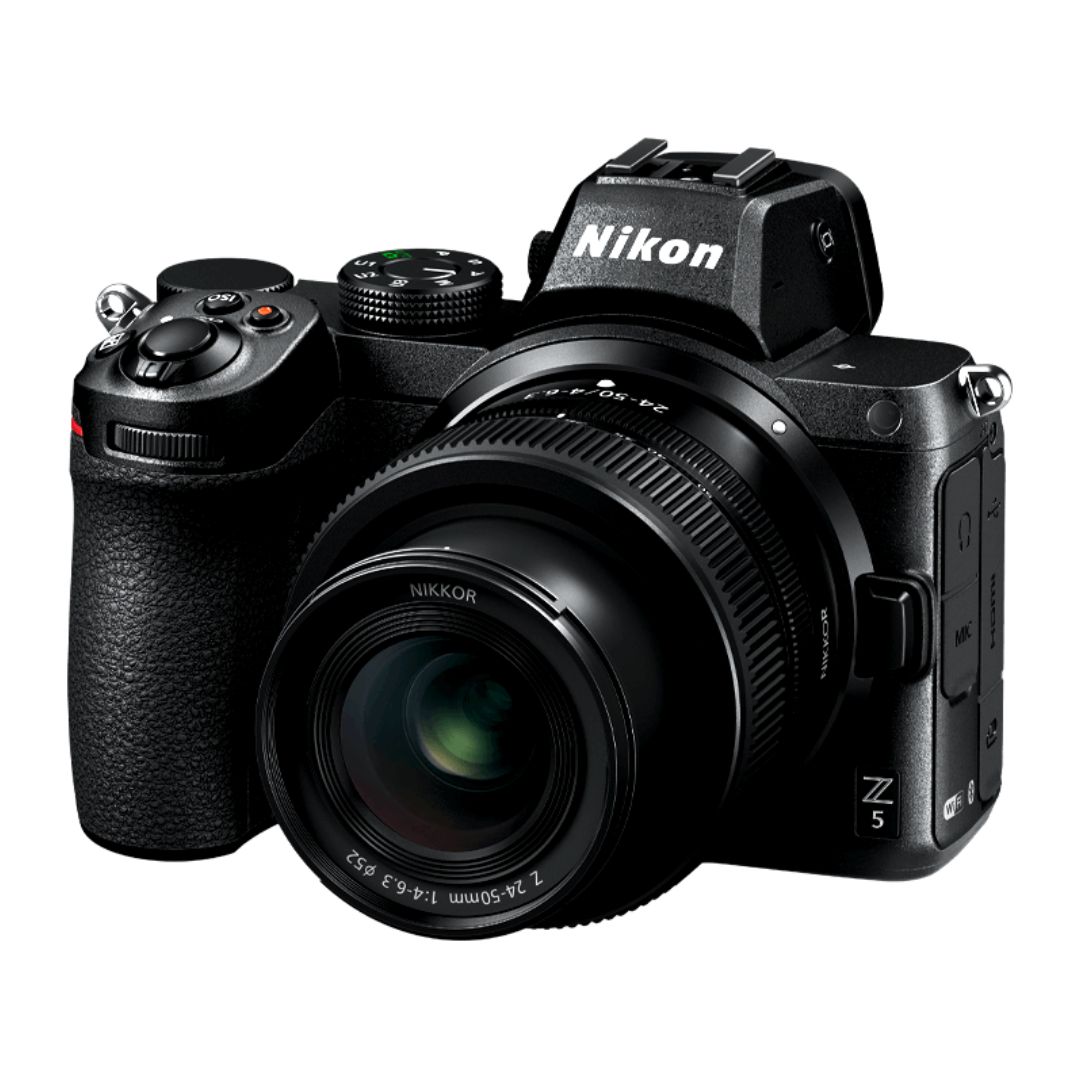
Nikon Z5 Review: Is It Worth It?
-
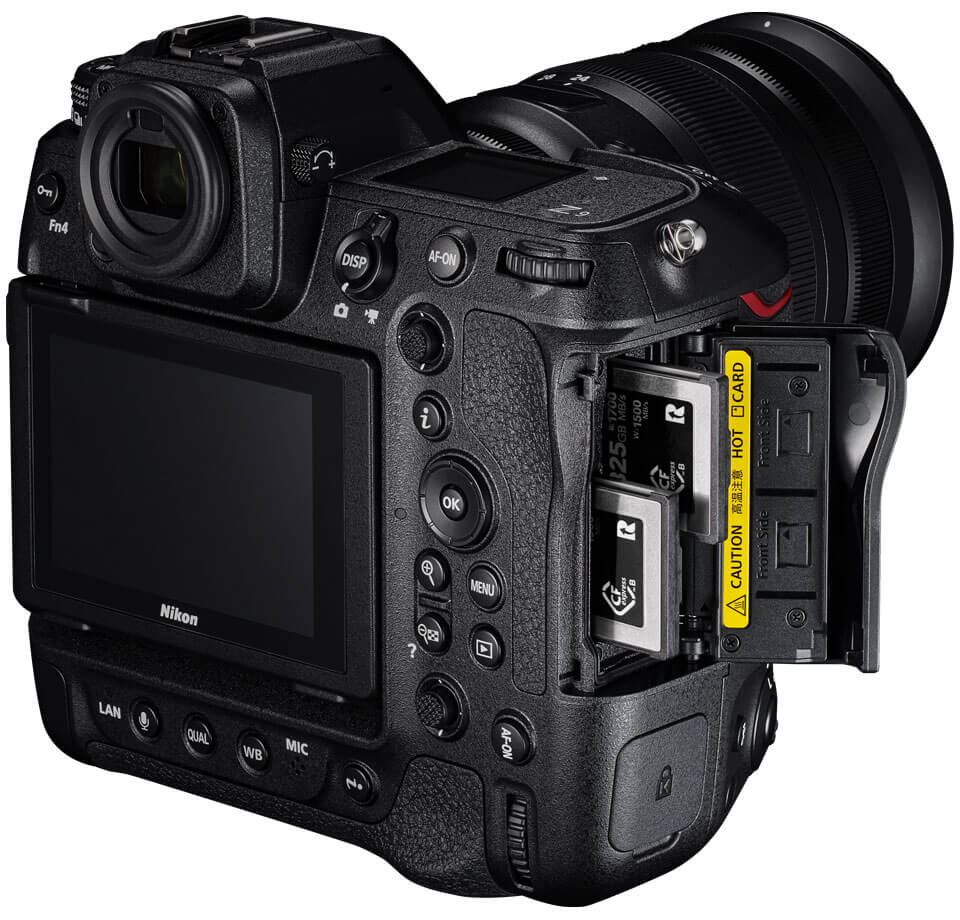
Nikon Z9 : Game-Changer for Photography
-
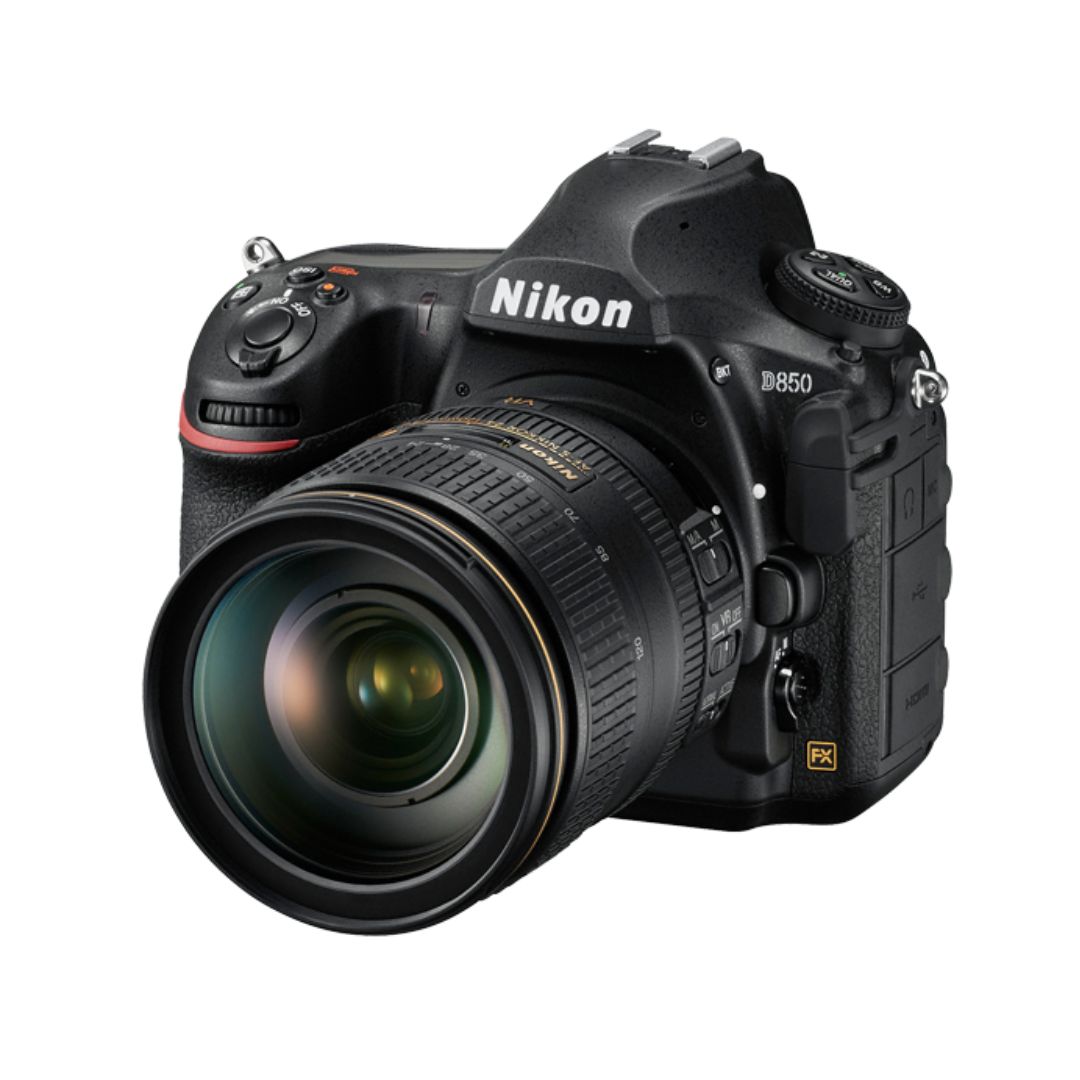
Top Features of Nikon D850 That Make It Ideal for Portfolio Shoots
Sony Alpha a7 IV: The Ultimate Camera for Photography
Explore the Sony Alpha a7 IV in this complete 2025 review. Learn how its pro-level features, real-world performance, and hybrid flexibility make it the ultimate camera for photography across genres like portraits, weddings, travel, and commercial work. Table of Contents Section 1: Introduction – Why the Sony Alpha a7 IV Stands Out The Sony Alpha…
Nikon Z5 Review: Is It Worth It?
In 2025, photographers—whether hobbyists, content creators, or professionals—seek equipment that blends value, performance, and future-readiness. Enter the Nikon Z5, a full-frame mirrorless camera marketed as a gateway to high-end imaging without a flagship price tag. But how well does it hold up under real-world demands like studio shoots, weddings, landscape adventures, and lifestyle photography? In…
Nikon Z9 : Game-Changer for Photography
Discover why the Nikon Z9 is considered a true game-changer for photography. This in-depth Nikon Z9 review explores key features, real-world performance, and how it excels in professional photo shoots in 2025. Table of Contents 1. Introduction The photography world witnessed a significant shift with the launch of the Nikon Z9, a flagship mirrorless camera…
Top Features of Nikon D850 That Make It Ideal for Portfolio Shoots
Discover why the Nikon D850 is the ultimate DSLR for portfolio shoots. Explore its top features—from resolution and dynamic range to autofocus precision and workflow speed—that help photographers create stunning, high-impact images for professional portfolios. Whether you’re a portrait artist, fashion photographer, or visual storyteller, a portfolio shoot demands technical excellence, creative flexibility, and uncompromised…
Candid Moments with Canon EOS R10: Lightweight & Reliable
In the evolving world of mirrorless photography, the Canon EOS R10 stands out as a lightweight yet powerful camera tailored for real-life storytelling. Whether you’re photographing street scenes, family gatherings, weddings, or spontaneous portraits, capturing genuine emotion requires a responsive and discreet tool. This article dives deep into how the Canon EOS R10 excels in…
Bold Portraits with Canon EOS R5: Is It the Best for Work?
Studio photography has always demanded precision, artistry, and impeccable gear. As the expectations for commercial portraits, fashion campaigns, and editorial work continue to rise, the tools we use must evolve. Enter the Canon EOS R5, a camera that has stirred the professional waters with its impressive technical specs and forward-thinking design. In this comprehensive Canon…

